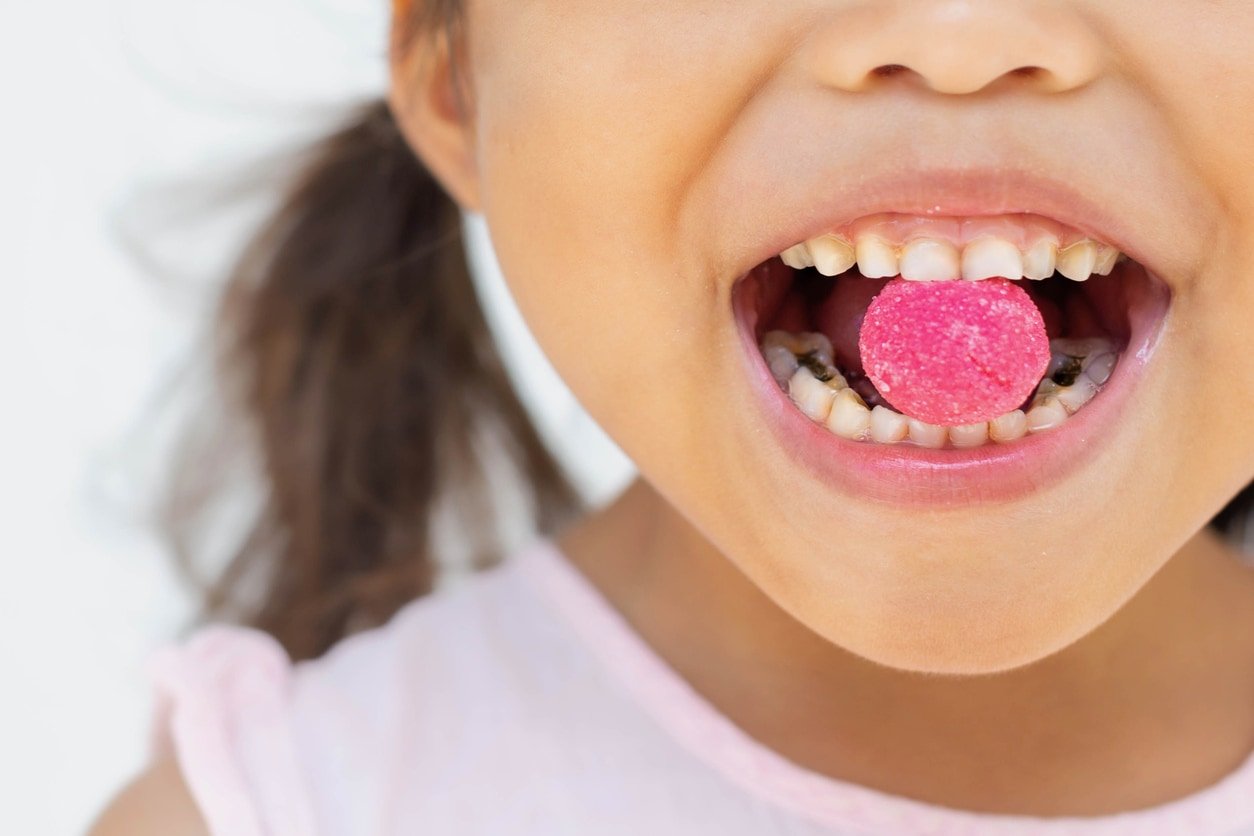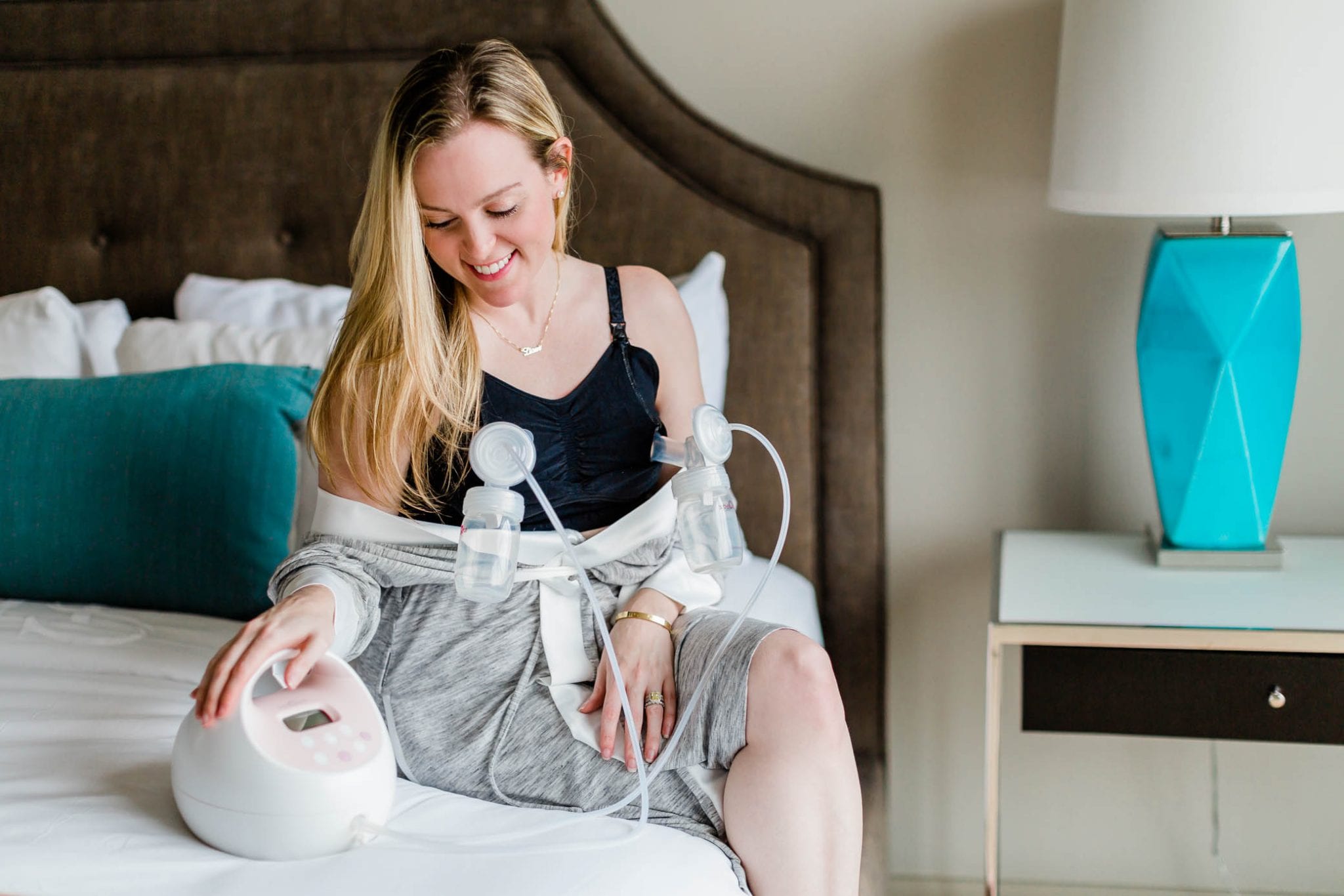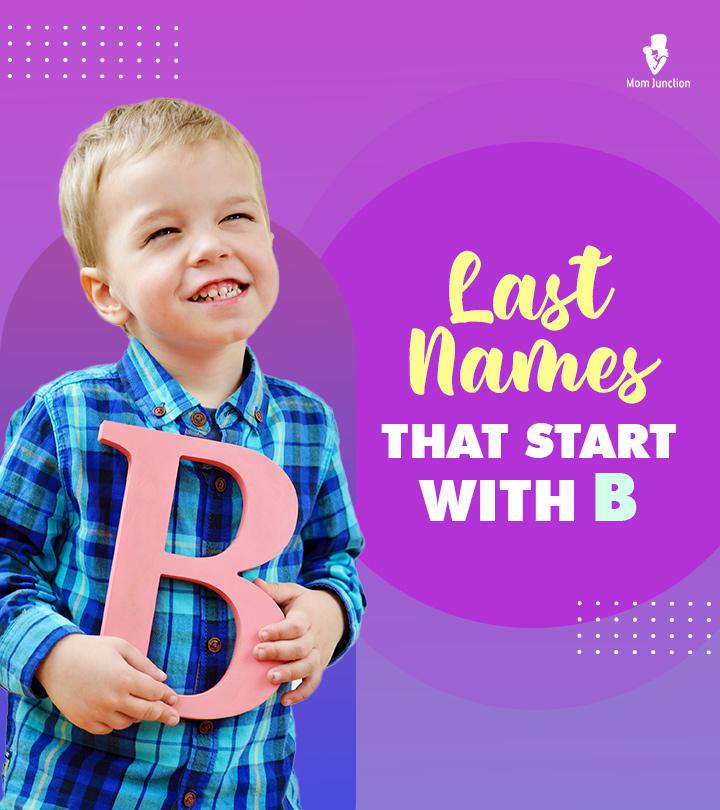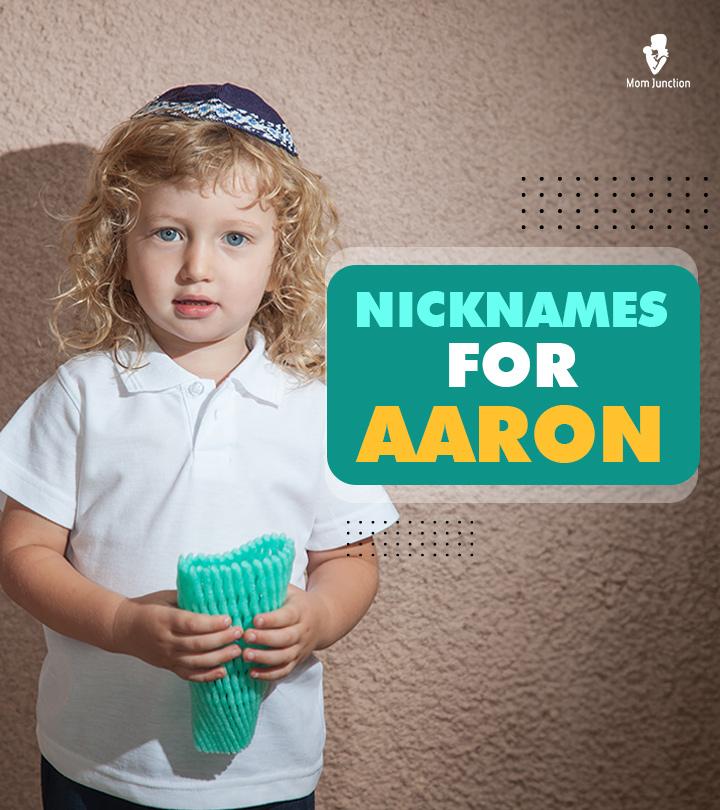We have a really simple balloon and cardboard muscle model that you can make with kids to answer the question, how do muscles work? Kids can learn quickly about the body with this easy muscle model that show how muscles move bones and work with other muscles to stabilize and move joints. Use this muscles for kids lesson at home or in the classroom.

How Do Muscles Work?
There are three types of muscles in the body:
- Smooth muscles that control internal structures like your digestive tract, blood vessels and other things.
- Cardiac muscle that is found in your heart.
- And skeletal muscles which are attached to the bones and create movement which we will explore more today…
Skeletal muscles work when the brain signals the muscle through a motor neuron to contract or shorten. While reading about how muscles work is great, making a hands-on muscle model helps bring the concepts to life.
Elbow Muscle Model Using Balloons & Cardboard Tubes
We are going to show this muscle model as an elbow model, but you could research other joints in the body and make those as well. We will be making three bones: humerus, ulna and radius. We will be making two muscles: biceps and triceps muscle.
Supplies Needed
- 3 cardboard tubes: paper towel rolls, wrapping paper rolls, spool rolls or rolled up cardboard – best if one is larger in diameter than the other 2
- Scissors
- Paper clip, piece of wire or yarn
- Rubber bands
- Tape
- Marker
- 2 Red balloons – long balloon shapes, not round ones
How to Make an Elbow Model with Kids
Step 1 – Build the Bones that the Muscles Attach to

- First identify the bones in your arm
- Humerus – the bone between your shoulder and elbow is a large, long bone that has a larger diameter than the forearm bones
- Ulna – your elbow bone can be felt as the sharp point of your elbow and followed down all the way to your wrist
- Radius – the outside bone of your elbow that can be followed all the way down to the wrist – the radius “rotates” over the ulna bone when twisting your forearm around and back
- Use the biggest cardboard tube to create a humerus bone. If possible, cut it to the approximate size as yours.
- Now make two bones, ulna and radius, that are smaller in diameter and a little shorter in length.
- Use tape to secure the bones if necessary.
2. Step 2 – Make the Elbow Joint

- We used a paper clip by straightening out the paper clip and punching it through the ends of his pieces of bones to connect them, just like an elbow joint would be. You could use a piece of wire or even yarn threaded through the elbow joint.
- We used a rubber band to attach the forearm bones together at the wrist.
- Label the bones with a marker.
Step 3 – Make the Arm Muscles Out of Balloons

- To make the muscles for his model, we used two long red balloons – the skinny ones you use to make balloon animals.
- Blow a balloon up for each muscle…slightly leaving lots of unused balloon on either end.
- Next, tie each of the ends of the balloons to his bones to form the bicep and tricep muscles of his model. You can also use tape to attach the muscle’s origin and insertion:
- Bicep muscle – front of the elbow joint that bends the arm
- Triceps muscle – back of the elbow joint that extends the arm
- Label the muscles with a marker on the balloon
Step 4 – Play with the Muscle Model
See how when the bicep muscle balloon gets shorter (and contracts) it bends the elbow. Watch how when the triceps muscle balloon contracts and gets shorter, it extends the arm.
Our Experience Making a Muscle Model
Nicholas has been learning about the muscles in his body. He’s learned about the tree types of muscles – smooth, skeletal, and cardiac. He is working on learning the names and locations of some of the major skeletal muscles in his body. He created this muscle model and we followed his instructions to make it!
Now he has his own model of a muscle that he can use to demonstrate how the bicep muscle extends when the arm is straight and how the muscle contracts when the forearm is pulled up.
Active Time
15 minutes
Total Time
15 minutes
Difficulty
Medium
Estimated Cost
$0
Materials
- 3 cardboard tubes: paper towel rolls, wrapping paper rolls, spool rolls or rolled up cardboard – best if one is larger in diameter than the other 2
- 1 Paper clip, piece of wire or yarn
- 1 Rubber band
- 2 Red balloons – long balloon shapes, not round ones
Instructions
- Using the largest cardboard tube, cut a large bone like the one in your upper arm for the humerus.
- Using two smaller diameter cardboard tubes, cut a little shorter length to create the forearm bones, the ulna and radius.
- Using a wire or straightened out paper clip, attach the three “bones” together at the elbow joint.
- Gently blow up two red balloons with just a little air in the middle and attach one to the front of the arm and one to the back of the arm – the front balloon represents the bicep muscle, the back represents the tricep muscle.
- Label all the bones and muscles.
- Watch to see how when a muscle (balloon) contracts or gets smaller it moves the joint.
More Anatomy & Science Fun from Kids Activities Blog
How did your elbow joint model turn out? Did your muscles move the arm like you expected?

 PARENTING TIPS
PARENTING TIPS







 PREGNANCY
PREGNANCY








 BABY CARE
BABY CARE








 TODDLERS
TODDLERS








 TEENS
TEENS








 HEALTH CARE
HEALTH CARE







 ACTIVITIES & CRAFTS
ACTIVITIES & CRAFTS







 CONTACT
CONTACT ABOUT
ABOUT



